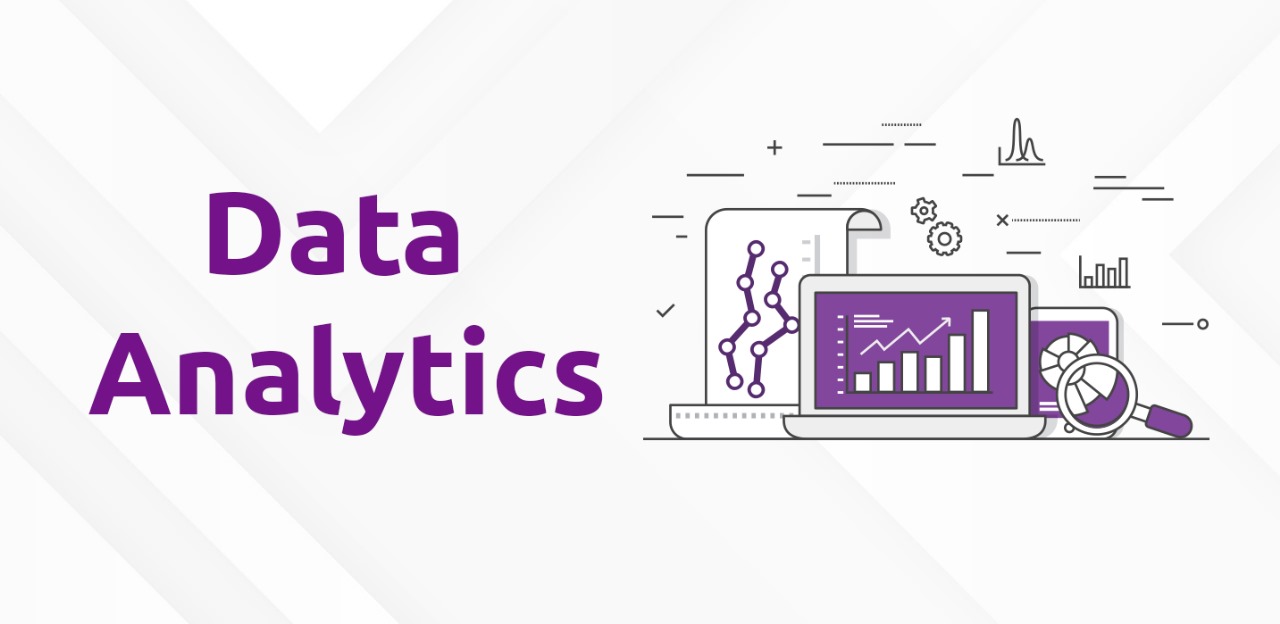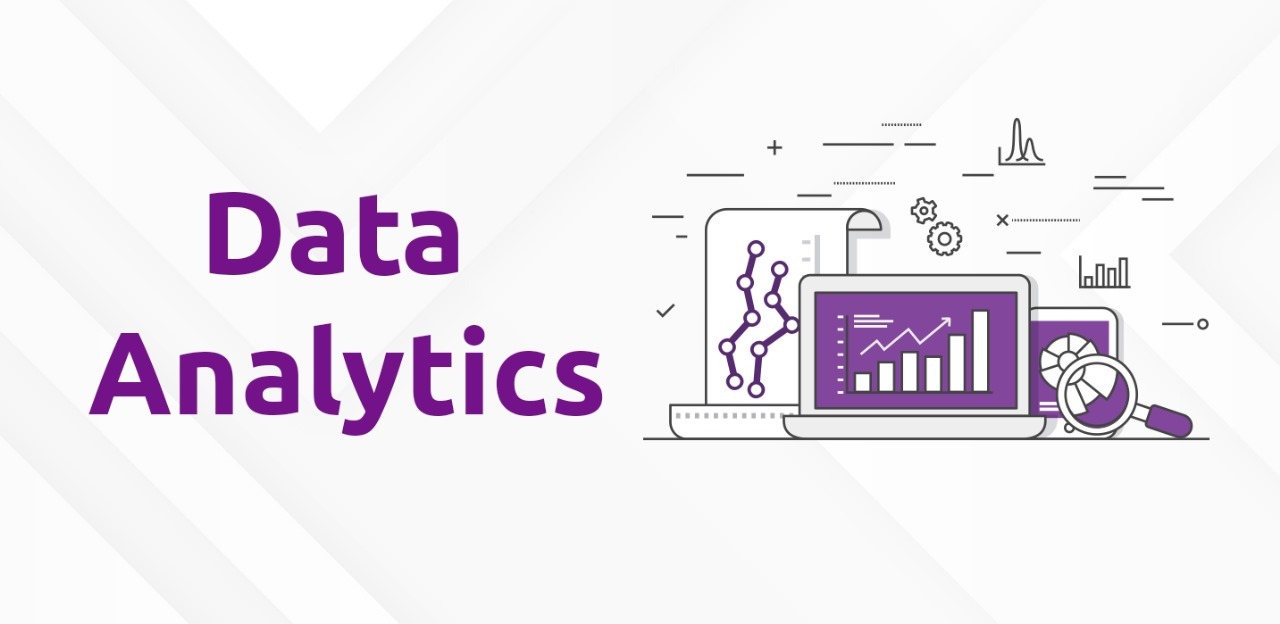AI in Data Analytics: Unlocking New Possibilities
Artificial Intelligence (AI) has become a cornerstone of data analytics, transforming how we analyze, interpret, and use data. From predictive insights to automation, AI is enabling businesses to make smarter, faster, and more data-driven decisions. Let’s dive into how AI is reshaping data analytics and why it’s becoming essential for organizations across industries.
What is AI in Data Analytics?
AI in data analytics refers to using intelligent algorithms and models to analyze data, identify patterns, and derive actionable insights. Unlike traditional analytics, which often relies on static methods, AI-powered analytics can adapt, learn, and improve over time. It allows data systems to go beyond merely reporting on past data and instead make predictions and recommendations for future actions.
For example, AI in data analytics helps retail businesses predict customer buying trends, while in healthcare, it enables more accurate diagnostics and personalized treatments. The applications of AI are vast and rapidly expanding, especially as businesses aim to harness the full potential of their data.
For more on the broader industry trends, explore the latest Data Analytics Industry Trends.
Key AI Techniques in Data Analytics
Several core AI techniques are commonly used in data analytics:
- Machine Learning (ML): ML algorithms allow systems to learn from historical data and make predictions without explicit programming. For example, ML is widely used in recommendation engines, where past user behavior informs future suggestions. ML is a subset of AI and one of its most practical applications in data analytics.
- Natural Language Processing (NLP): NLP enables systems to understand and process human language. In data analytics, NLP can extract insights from unstructured data like emails, social media posts, and customer feedback. This capability is especially valuable for customer sentiment analysis and trend identification.
- Computer Vision: This technique allows AI to interpret and understand visual information from images or videos. Computer vision is commonly used in industries like retail, where it can analyze customer behavior patterns in-store or assist with quality control in manufacturing.
- Predictive Analytics: Predictive analytics uses historical data and machine learning models to make forecasts about future events. For example, a company might use predictive analytics to forecast inventory needs based on previous sales data.
Applications of AI in Data Analytics Across Industries
AI’s impact on data analytics is seen across many sectors. Here are a few noteworthy examples:
- Healthcare: AI models analyze patient data to detect early signs of diseases, recommend treatment plans, and personalize patient care. For example, AI in diagnostic imaging can identify abnormalities faster and with greater accuracy than traditional methods.
- Finance: Financial institutions use AI to detect fraud, assess credit risk, and automate trading. With AI-driven analytics, they can manage huge volumes of data, uncover suspicious patterns, and make faster, more accurate financial decisions.
- Retail: AI powers personalized shopping experiences, enabling businesses to recommend products, optimize pricing, and manage inventory more efficiently. By analyzing customer behavior, AI helps retailers understand purchasing trends and improve customer loyalty.
- Transportation: AI in analytics is used to optimize routes, predict maintenance needs, and improve passenger safety. For instance, logistics companies can use AI to predict delivery times and identify the best routes based on real-time data.
For more details on how machine learning contributes to data analytics, check out Big Data and Machine Learning.
The Benefits of AI in Data Analytics
Integrating AI with data analytics offers numerous advantages:
- Enhanced Decision-Making: AI-driven analytics provides deep insights that help businesses make smarter and more informed decisions. By analyzing data trends and predicting future outcomes, AI can guide organizations on the best courses of action.
- Increased Efficiency: AI automates repetitive data tasks, freeing up valuable time for employees to focus on higher-level strategy and problem-solving. This efficiency also reduces operational costs.
- Personalization: AI enables a high level of personalization in customer interactions, whether in marketing campaigns or product recommendations. Personalized experiences lead to better customer engagement and loyalty.
- Real-Time Insights: AI-powered analytics can process vast amounts of data in real time, giving businesses up-to-the-minute insights. This capability is especially useful for industries like finance, where rapid decision-making is crucial.
- Scalability: As data grows, AI systems can scale effortlessly to manage larger data sets. This adaptability makes AI ideal for companies that are expanding or dealing with an increasing amount of data.
Challenges of Using AI in Data Analytics
While AI brings significant benefits, it also comes with challenges:
- Data Privacy: AI systems often require large amounts of data to function effectively. Handling this data responsibly is essential to avoid privacy issues and comply with regulations.
- Data Quality: Poor-quality data can lead to inaccurate predictions and flawed insights. Maintaining high data quality is essential for effective AI analytics.
- Skill Requirements: Implementing AI solutions requires skilled professionals in data science, machine learning, and AI. This skill gap remains a challenge as demand outpaces the supply of qualified talent.
- Cost: Developing and maintaining AI systems can be costly. Smaller companies may face budget constraints in adopting AI-powered analytics solutions.
To understand how data privacy plays a critical role in analytics, read about Data Privacy and Ethics.
Future of AI in Data Analytics
AI in data analytics is expected to grow even more sophisticated, with advancements in deep learning, quantum computing, and automated machine learning (AutoML). These developments will allow AI systems to solve increasingly complex problems, improve predictive capabilities, and make data-driven decisions more accessible to non-technical users. As AI tools become more user-friendly, businesses across industries will find it easier to adopt AI-driven analytics.
Getting Started in AI and Data Analytics
If you’re interested in a career in AI and data analytics, gaining foundational knowledge in data science, machine learning, and data analytics is essential. Many universities and online programs offer courses in these areas, allowing learners to build relevant skills and apply AI in real-world analytics scenarios. For hands-on experience and industry-focused training, a data analytics course could be an excellent choice.
For example, a data analytics course in Bangalore offers practical training in AI and data analytics, helping students and professionals prepare for roles in this fast-growing field.
Final Thoughts
AI in data analytics is revolutionizing how organizations understand and utilize their data. From healthcare and finance to retail and transportation, AI is creating smarter, more efficient systems that drive growth and innovation. By understanding and adopting AI in data analytics, companies can unlock powerful insights, improve customer satisfaction, and stay competitive in an increasingly data-driven world.





